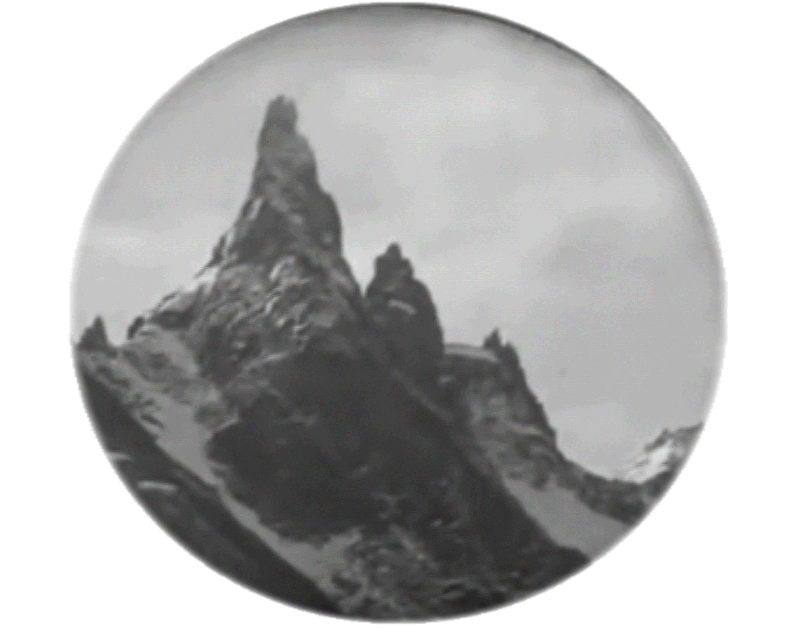Seeing presupposes distance, decisiveness which separates, the power to stay out of contact and in contact avoid confusion.
Seeing means that this separation has nevertheless become an encounter. —Maurice Blanchot.
Any representation of a community implies a perspective. Each time we observe a group we become interpreters and with each observation we make, we reveal to which communities we belong. Photography, with its ability to record, was soon considered to be a suitable tool to crystallize these observations and encourage the study of ethnicity and customs. However, being at least as susceptible to ideological bias as any other medium, it immediately revealed its colonialist burden and it is no coincidence that some of the first photographs that try to document a community were taken in company of an army or along trade routes. Images of the Mexico-American War (1846-1848) and the rebellion in India (1857), for example, show the confusion of these early records in the eyes of those portrayed and often leave us with the feeling that those photos were another kind of victory.
In the last decade of the nineteenth century, Ryuzo Torii and Edward S. Curtis introduce a way of using photography on behalf of ethnology, and Jacob Riis published How the Other Half Lives (1890). In those early photo essays on specific communities, there’s a clear awareness of the otherness and a sympathetic point of view, but the perspective of the victors or the moral superiority of the observer is also legitimated. That partly naive, partly pretentious attitude of someone assuming to discover or save the others, has permeated much of photojournalism and documentary work since. Arguing a never achieved objectivity, they perpetuated asymmetrical readings and promoted a colonialism that replaced war’s firepower with economy and culture. There were reasons for its existence, as an expression of a particular moment in history and a contribution to global integration, but it has been overtaken by a world whose visual center moves across the surface of the globe and where the last word has the duration of a tweet.
Soon documentalists themselves perceived the contradiction and near the beginning of the twentieth century started to explore alternatives to escape this logic: from the numerous attempts to capture the misleading truth in the style of Dziga Vertov’s Kino-Pravda, through Cinema Verite, Direct Cinema, Candid Eye in film and their photographic counterparts, all the way to ethnofiction experiments, the long history of participatory documentary or the hopeful outlook of Shahidul Alam’s Majority World, which proposes to let those closer to the phenomena and activities hold the camera. All are useful tools to approach the topic, but they don’t offer a final answer.
An image has the chance, as never before, to represent each ethnic, social and tribal group, whether they live in the cities or the most remote regions, and it also has the potential to do so from many different angles. The camera, already present in many devices, is in the hands of almost anyone who wants to register their community. Maybe it’s time to accept once and for all that to represent a community is not to search an objective representation or an intrinsic truth, nor trying to offer a problematic balance. However, in any case we should try to give a fair interpretation and an accurate testimony, where in many cases the sum of multiple perspectives can bring us closer to an elusive reality. This requires more critical reading and analysis from the public, compels the media to hold stronger values than empty veracity and offers the photographer a more honest path to meet the others. This change, like any change, is full of uncertainties, but ends in a space full of opportunities where the image can lead us.

